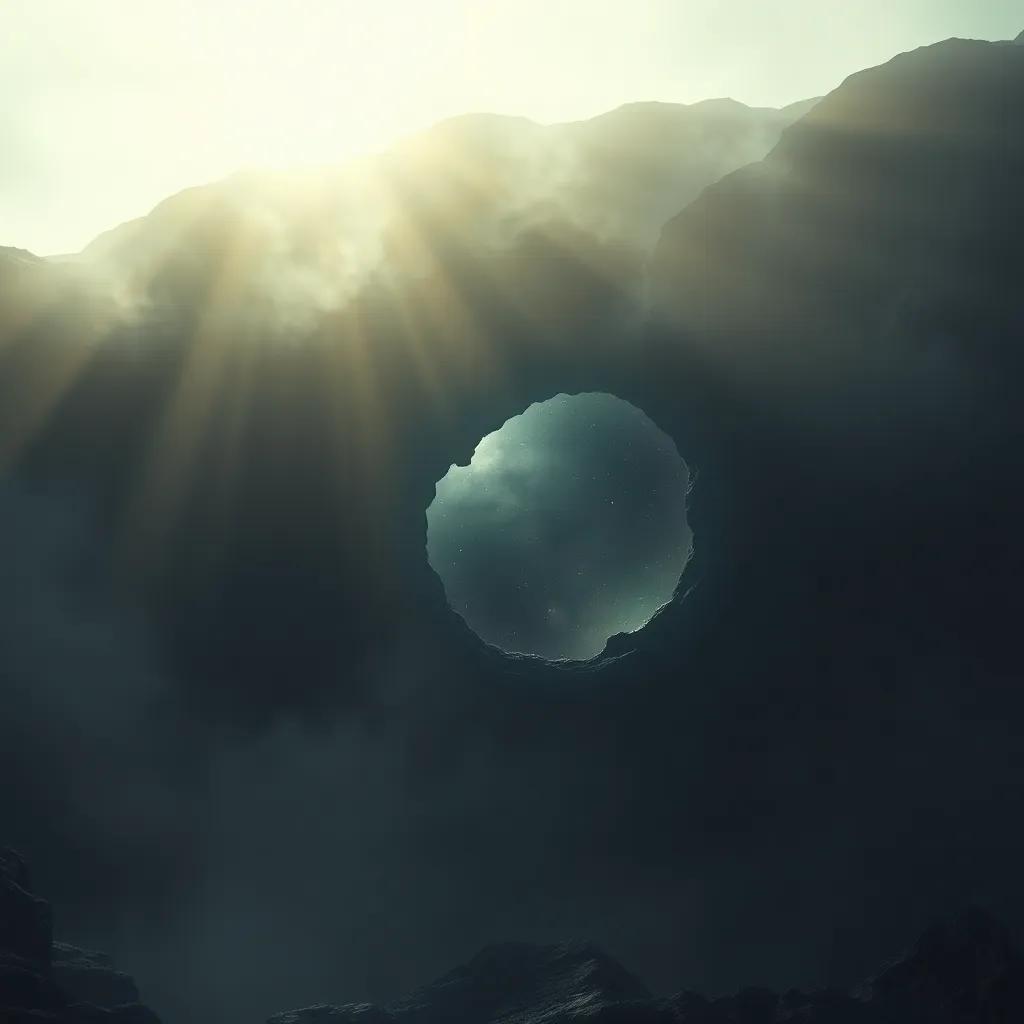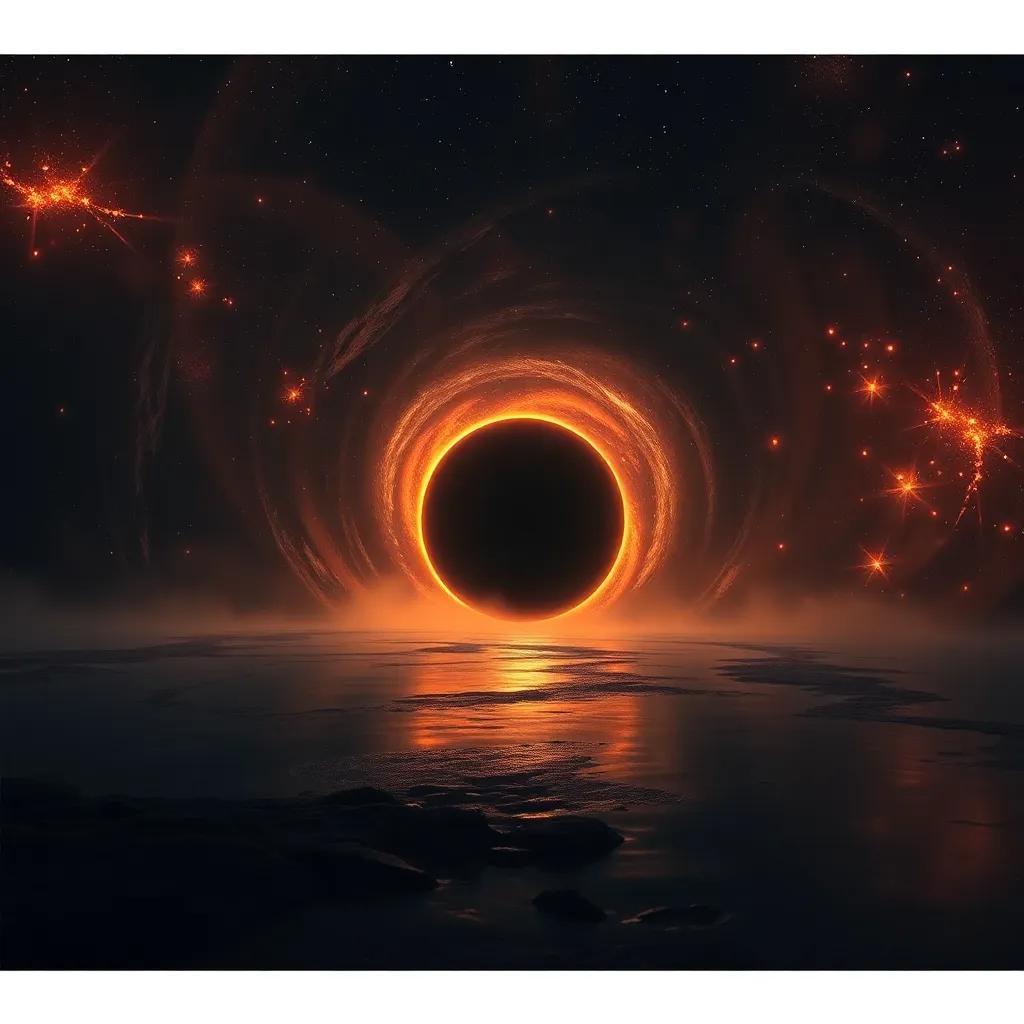Table of Contents
Cosmic Curiosities Await

Have you ever pondered what lies beyond the event horizon of a black hole? These enigmatic giant cosmic vacuum cleaners are not just mysterious; they hold critical secrets about the fate of our universe. Understanding black holes could reshape our knowledge of space,time,and existence. In this exploration, we’ll delve into their formation, the remarkable physics they govern, and what their eventual fate implies for our universe.
The Birth of Black Holes
Black holes come into existence from the death throes of massive stars, but their formation is as fascinating as their final state. They are classified into three main types: stellar, supermassive, and intermediate black holes.
- stellar black Holes: formed from collapsing stars with more than three times the Sun’s mass.
- Supermassive Black Holes: Found at the centers of galaxies, containing millions to billions of solar masses.
- Intermediate Black Holes: Serve as a bridge between stellar and supermassive black holes,but remain elusive.
The process of stellar evolution can be summarized as follows:
- Stage 1: A massive star exhausts its nuclear fuel.
- Stage 2: The core collapses under gravity, while outer layers explode in a supernova.
- Stage 3: if the remnant core exceeds the critical mass, it becomes a black hole.
These stages illustrate how black holes represent the ultimate conclusion of a star’s life cycle, giving us a glimpse into the cosmos’s violent and intriguing past.
Physics within the Void
The inner workings of black holes challenge our current understanding of physics. At their core lies the singularity-a point where gravity is so intense that spacetime curves infinitely. Just outside this point is the event horizon, the boundary beyond which nothing can escape.
To grasp this better,consider some theories related to black holes:
| Theory/Concept | Description |
|---|---|
| General Relativity | Einstein’s theory predicting how mass warps spacetime. |
| Hawking Radiation | Proposed by Stephen Hawking,suggesting black holes can emit radiation,losing mass over time. |
| Quantum Mechanics | Challenges black hole theories as it conflicts with traditional views of causality. |
This interplay of gravity, time, and quantum energy paints a complex picture of how black holes exist and influence the universe.Understanding their unique properties is crucial for piecing together cosmic mysteries.
The Future of Black Holes
The fate of black holes could determine the ultimate destiny of our universe. As they absorb matter, they grow larger, yet they eventually evaporate through Hawking radiation over incredibly long timescales.
Consider the implications:
- Cosmic Evolution: As black holes evaporate, the universe may face a cold, dark future devoid of stars.
- Data paradox: What happens to the information swallowed by black holes remains an enduring question in physics.
- Dark Matter Connection: Some theorists speculate links between black holes and dark matter, a mysterious substance that constitutes most of the universe’s mass.
These perspectives emphasize how black holes aren’t just celestial phenomena; they are pivotal in understanding the universe’s timeline, possibly holding answers to our existence.
Unlocking Cosmic Secrets

Black holes are gateways to understanding basic cosmic truths. Their creation, unique properties, and eventual fate tell us more about the universe than we can possibly fathom. Remember, the greatest secrets await in the depths of the unknown.
Final Thought: The quest to decode the secrets of black holes is not just an intellectual venture-it’s about uncovering the very fabric of our reality. What revelations might the dark voids of space hold for the future?



